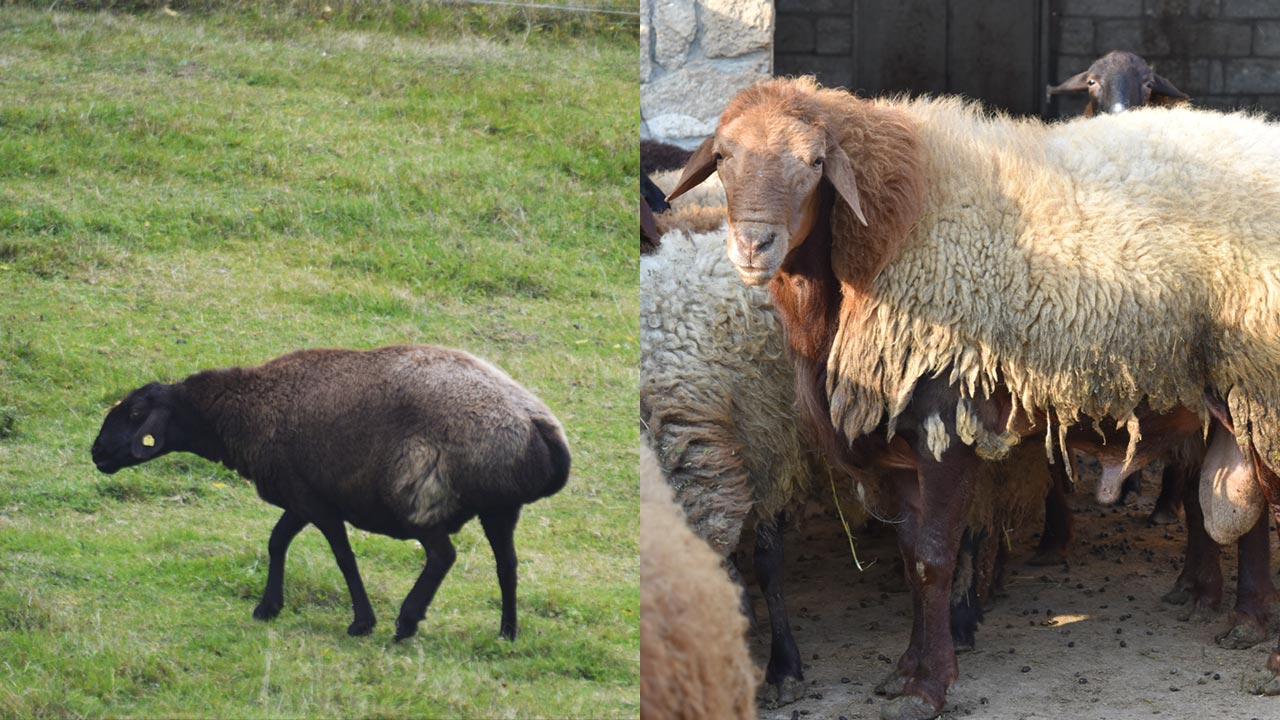脂尾羊と脂臀羊は尻尾と下半身が特徴的な家畜ヒツジで、全世界のヒツジの25%を占める。アフリカ、中東、メソポタニア、北インド、パキスタン、アフガニスタン、イラン、中国西部と中央アジアでよく見られる。
この種は羊のラクダと呼ばれることも多いが、脂肪は背中のこぶではなく、尻尾や尻に蓄える。また頑丈で順応性があるため、砂漠での厳しい環境にも耐えることができる。食べ物が豊富で寄生虫の問題がないときは大きく成長する。この種は尻尾部分に脂肪を蓄えることができるように改良された品種で、ギリシャのヘロドトスの書の中でも、その羊の重たい尻尾には台車での補助が必要だったことが述べられている。その脂肪は中世のアラブやペルシャで料理によく利用された。また現在も料理に使われている。
Fat-tail and Fat-rump sheep
The different fat-tail and fat-rump sheep breeds are a group of domestic sheep known for their distinctive large tails and hindquarters. They comprise about 25% of the world sheep population, and are commonly found in Africa, the Middle East, Mesopotamia, North India and Pakistan, Afghanistan, Iran, Western China and Central Asia.
Very often these sheep breeds are called the camels under the sheep, but the fat-tail and fat-rump sheep have their fat storage not as a hump on the back, but their fat is stored in the tail or on the rump. They are all hardy and adaptable sheep, which are able to withstand the tough challenges of desert life. When feed is plentiful and parasites not a major factor, fat-tail and fat-rump sheep can be large in size and growth. They are specifically bred for the unique quality of the fat stored in the tail area. It is mentioned by the Greek writer Herodot that the heavy tail of the sheep had to be supported by a carriage. The fat was used extensively in medieval Arab and Persian cookery, but is used for cooking still today too.

